In an era where climate change dominates headlines with its profound impact on our environment, the aviation industry faces a new and unsettling challenge. Frequent flyers and occasional travelers alike may soon experience more turbulent skies, not just metaphorically, but quite literally.
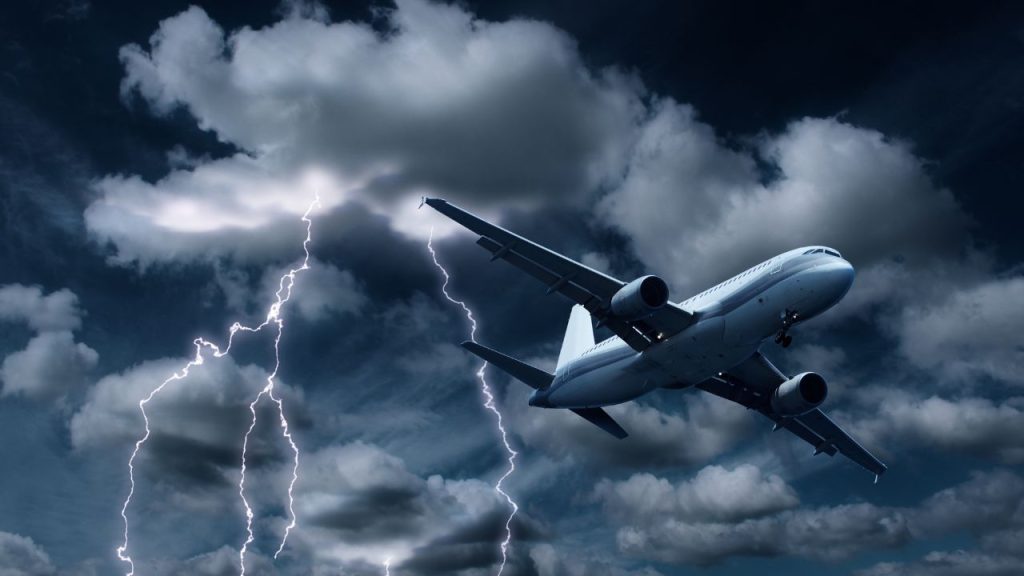
Turbulence, those sudden, unexpected jostles that make you clutch your armrest, is caused by atmospheric disturbances. Clear-air turbulence (CAT), a particularly troublesome type, occurs in cloudless skies and is invisible to both the eye and radar. It’s often encountered at high altitudes where planes cruise, making it a significant concern for pilots and passengers.

Recent studies suggest that climate change is poised to amplify these turbulent conditions. As the planet warms, jet streams—fast flowing ribbons of air high in the atmosphere—are intensifying. This is primarily due to the temperature differential between the equator and the poles. A more significant temperature gradient leads to stronger and more erratic jet streams, which in turn creates conditions ripe for increased CAT.
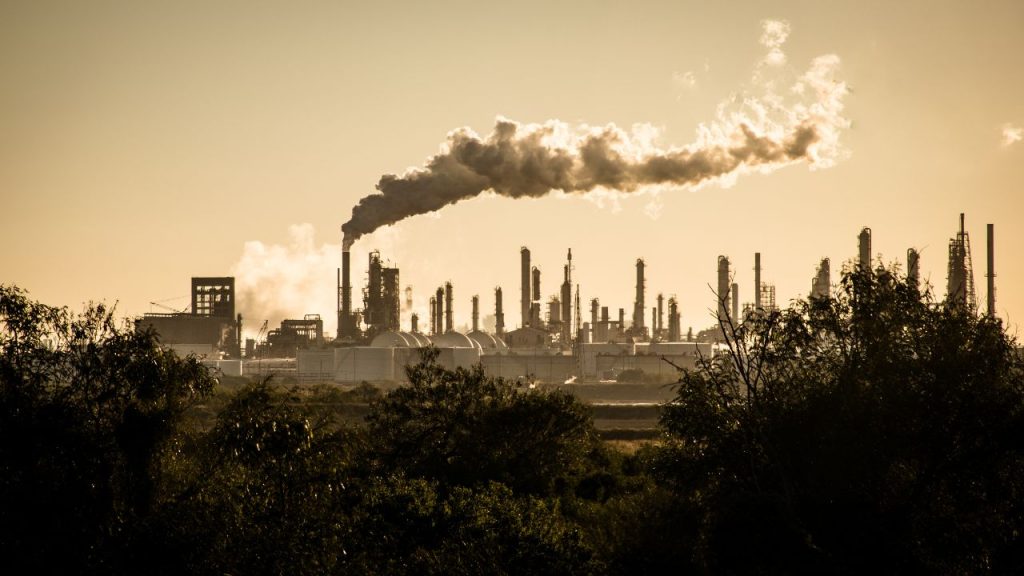
A landmark study from the University of Reading highlights a worrying trend: CAT is projected to increase by 10-40% by 2050-2080. Dr. Paul Williams, a leading atmospheric scientist, points out that these findings are not just hypothetical. We are already observing more turbulent conditions, with reports from pilots and frequent fliers backing up the data.

Williams explains, “As we continue to emit greenhouse gases, we are changing the dynamics of the atmosphere. This isn’t just about more bumpy rides; it’s a matter of safety and economic efficiency.” The costs associated with turbulence are already significant, estimated at up to $1 billion annually due to injuries, increased fuel consumption, and damage to aircraft.
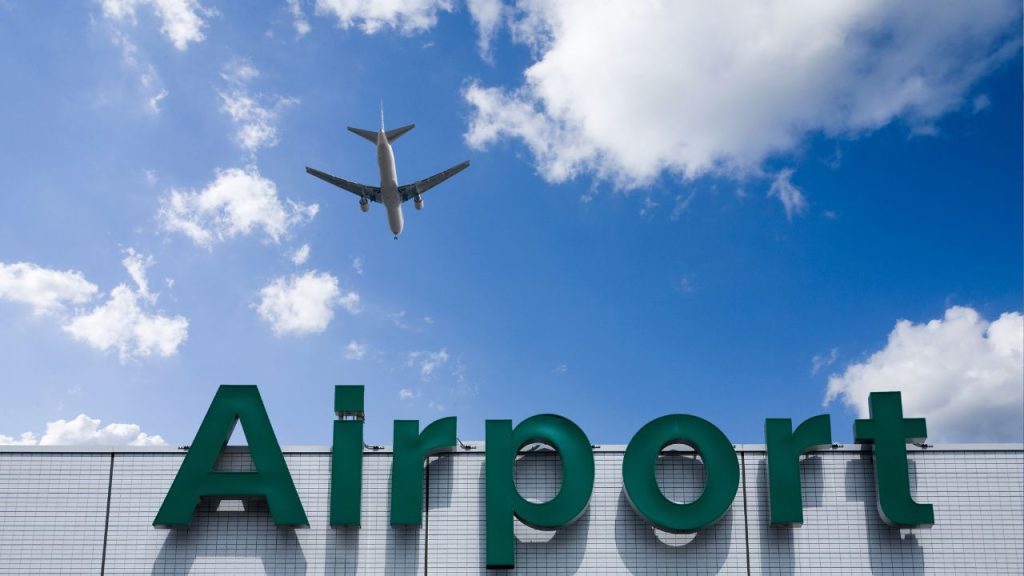
For passengers, increased turbulence means more than a few moments of discomfort. Severe turbulence can cause injuries to those not wearing seat belts, disrupt in-flight services, and lead to longer, more circuitous flight paths to avoid turbulent zones. It’s not just an inconvenience—it’s a potential risk to safety and well-being.
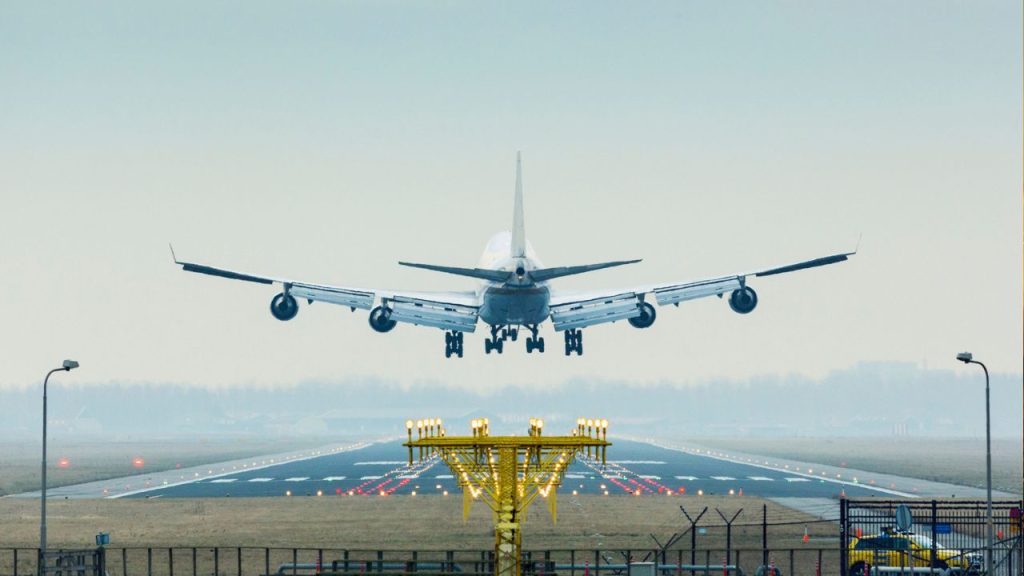
Frequent traveler Jenna Stevens recalls a particularly harrowing flight, “I’ve been on flights with turbulence that felt like a roller coaster. Knowing that climate change could make this more common is pretty unnerving.”

The aviation industry is not sitting idly by. Airlines are investing in more advanced weather prediction technologies and real-time turbulence reporting systems. Pilots are being trained to handle these conditions more adeptly, and new aircraft designs aim to withstand greater levels of stress.

However, addressing the root cause—climate change itself—remains critical. Reducing greenhouse gas emissions, adopting sustainable aviation fuels, and improving energy efficiency are crucial steps the industry must take. As individuals, supporting policies that mitigate climate change and choosing more sustainable travel options can also make a difference.
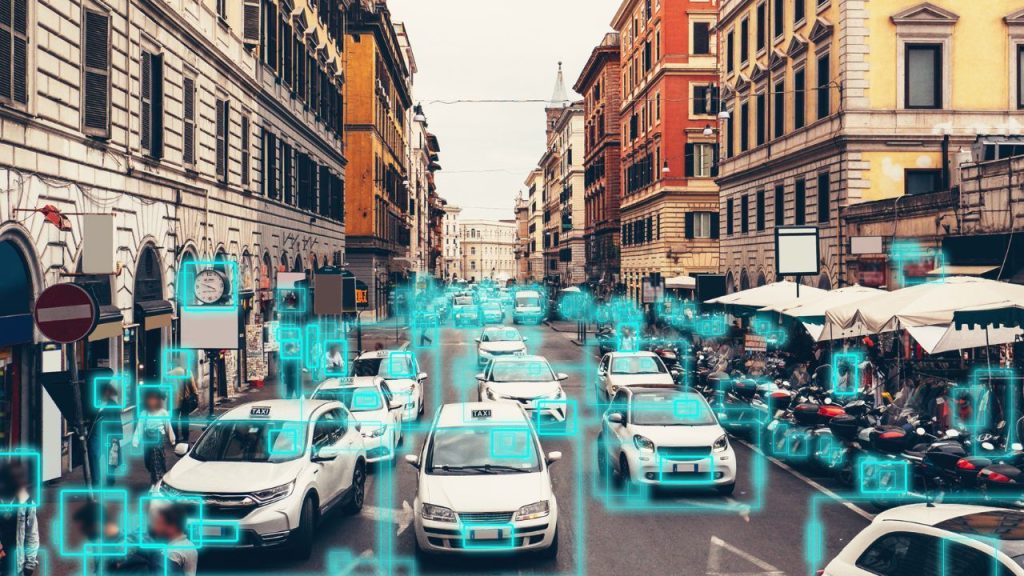
As we move into an era where the impacts of climate change are increasingly felt in all aspects of life, the aviation industry serves as a poignant reminder of the interconnectedness of our global ecosystem. The skies are becoming a more unpredictable frontier, and it’s a clear signal that the time for action is now.
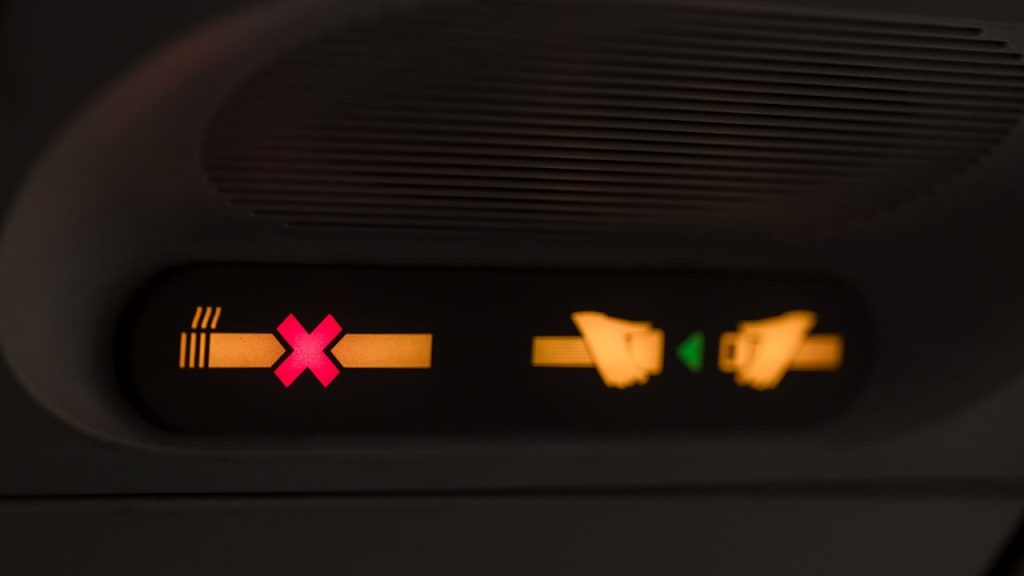
So, next time you buckle up and prepare for takeoff, remember that those bumps and jolts are more than just a reminder to fasten your seatbelt—they’re a wake-up call to the pressing reality of our changing climate. Let’s navigate these turbulent times together, grounded in science and propelled by a collective commitment to a safer, more sustainable future.
References:
https://www.weforum.org/agenda/2024/08/turbulence-climate-change/